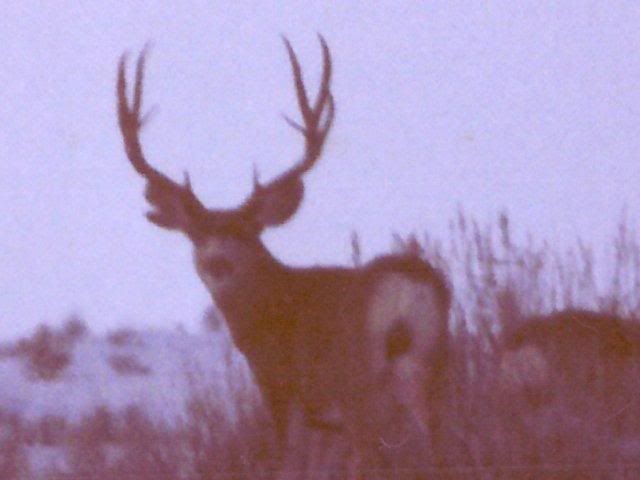So, you want to hunt mule deer….
Well, if you’re like me, I’ve always wanted to hunt whitetail, but have never done anything about it. Maybe you fall in that category relative to mule deer hunting. Maybe you live in the east and don’t know where to go or what to expect. So, let’s get you on your way and answer some questions for you. If you have other questions, let me know.
First, see the topic: “All about Mule Deer“, if you believe it will help you.
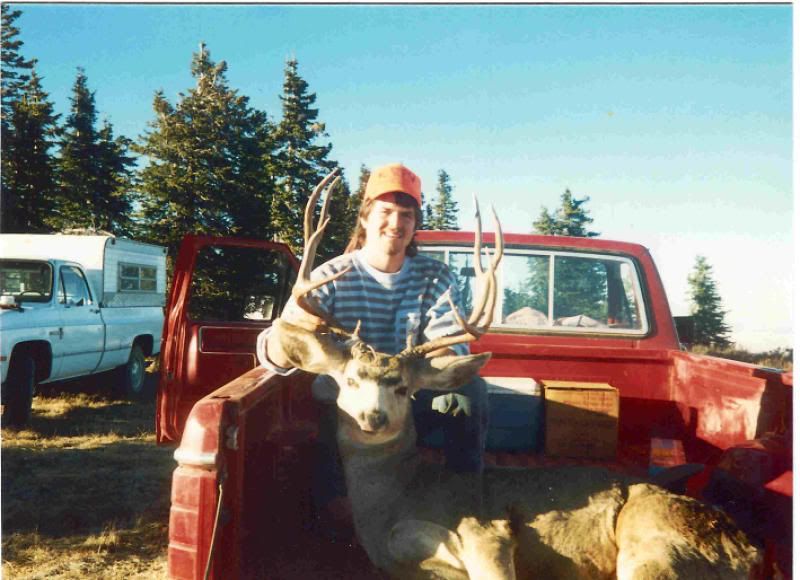
Second, Be in shape for high altitudes and rugged terrain. The best practice is hard hiking up and down steep hills.
Third, Westerners count antler points differently than Easterners. The equivalent of a whitetail 10 point would normally be referred to as a 4 pt mule deer, or a 4×4. Set your goals realistically, but I recommend that you shoot for a 4 pt, or better, if you are going to spend the time and money to hunt mule deer.
Fourth, Mule deer are largely creatures of big, relatively wide-open expanses. Expect to take, and practice taking what, to you, may seem like long shots. 500 yards is not unreasonable.
Fifth, You may expect to haul a mule deer quite a long distance over some difficult terrain in order to get it to your vehicle. If you can’t do this immediately, beware of predators and endeavor to keep your animal away from them.
Sixth, Just before a spooked mule deer disappears from your view, it will often stop a moment to assess what your next move will be. This is often a golden opportunity. Once the mule deer disappears, however, they will typically do the unexpected until you learn to expect the unexpected.
Seventh, Most states have lotteries for mule deer hunts. Many have preference or bonus points for the undrawn hunter in order to improve his/her odds of drawing in subsequent years. Some states make you pay for these points, some do not. Start applying today in order to hunt tomorrow. You will nearly always need the license in order to apply for the tag. Some states won’t refund your license (fee), if you don’t draw. In that case, go kill some lions and coyotes to allow for more deer the next year – put your license to good use.
Eighth, There are golden opportunities for archery hunters, especially if you are a competent archer.
Ninth, Plan on covering a lot of ground to see mule deer. They move around over a much larger area than whitetails. Use your instinct, which is often correct, to tell you when you are very near deer. Then, become as stealthy as you can.
Tenth, Mule deer love transition zones. This is where there is a fundamental change in vegatation, usually due to elevation. In such areas, deer have a larger variety of feed and cover.
Eleventh, Mule deer will stay relatively close to water. One Mexican sheep herder put it this way: “Water – deer. Deer – water.”
Twelveth, Don’t be a noisy hunter unless your strategy is to spook the deer so you can see them.
Thirteenth, Even though mule deer have large, respectable ears; and eyes that are super-sensitive to movement – the nose is where it’s all at. The nose is never doubted, even though the eyes and ears sometimes are. Be Aware of the wind and your scent. A wise old buck will sneak away upon hearing or smelling you before you see him. Mule deer behave as if you can smell them – they don’t know you can’t. They also behave as if you can see in the dark.
Fourteenth, When a group of does and/or small bucks breaks cover and runs, be extra keen on watching for a big buck doing something entirely different than the herd.
Fifteenth, If you jump a mule deer, and do not spook it too badly, you can wait patiently and it will quite often return. Watch the wind though.
Sixteenth, Big bucks will bed in such a way that other bedded deer protect them from intruders. If you come upon a bedded doe, don’t spook her just because she is not a buck. Look around for the buck first, and remember the first sentence while you’re looking.
Seventeenth, Mule deer are usually bedded by one hour after sun-up. They usually start moving around again when the evening shadows cool things down a bit.
Eighteenth, Mule deer can’t be rattled or called very effectively – like whitetails. If you use a fawn distress call – expect the does to charge you and the bucks to flee from you. Since there are now few, if any, rut hunts – calling and rattling are pretty useless.
Ninteenth, Mule deer hunters have a nasty habit of moving past you in the dark – quite often spooking deer for both you and them. Such hunters believe they should be in their favorite spot before sun-up.
Twentieth, Carry good binoculars. Hunting mule deer without them is tough at best. Keep them handy.
Lastly, dress in layers. Temperatures and weather can change rapidly in mule deer country. Be able to start a fire in extremely difficult circumstances, including you shaking so badly that you can scarcely strike a match.
Happy hunting and may the Force be with you
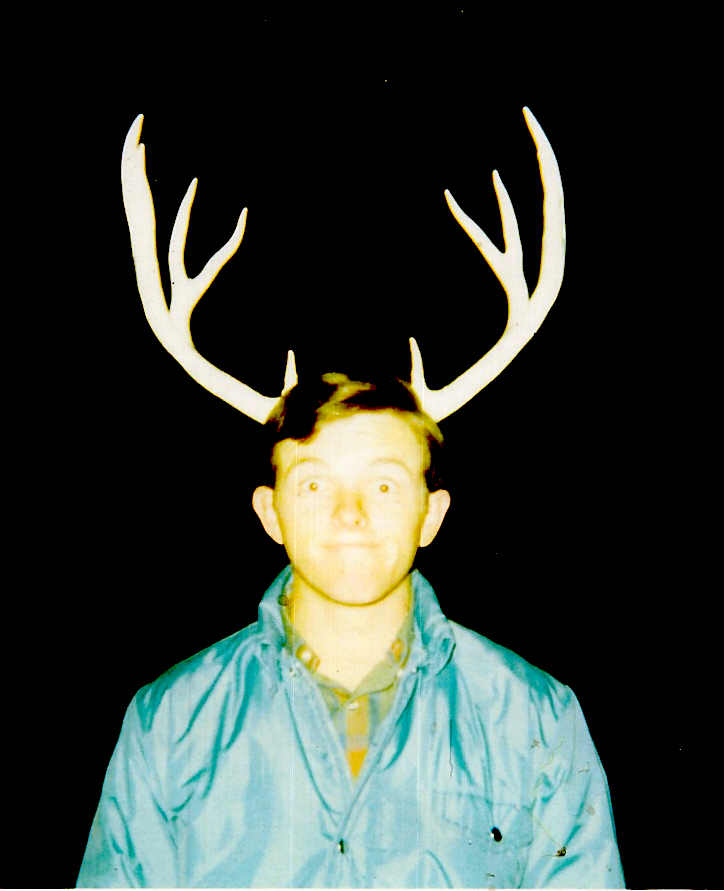 You will need to be knowledgable about mule deer in your state. You will also be asked to share information with our subscribers on an ongoing basis. There will be something in it for you as well.
You will need to be knowledgable about mule deer in your state. You will also be asked to share information with our subscribers on an ongoing basis. There will be something in it for you as well.
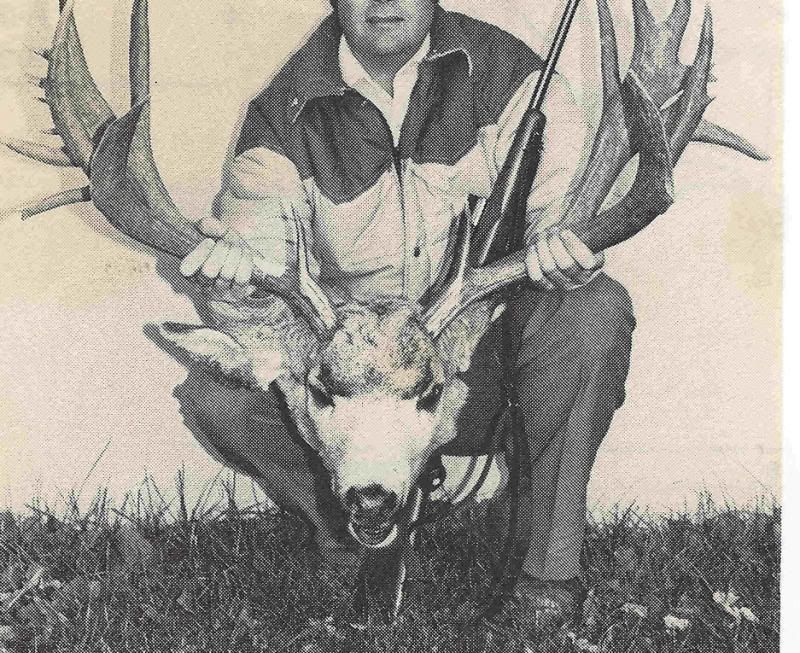
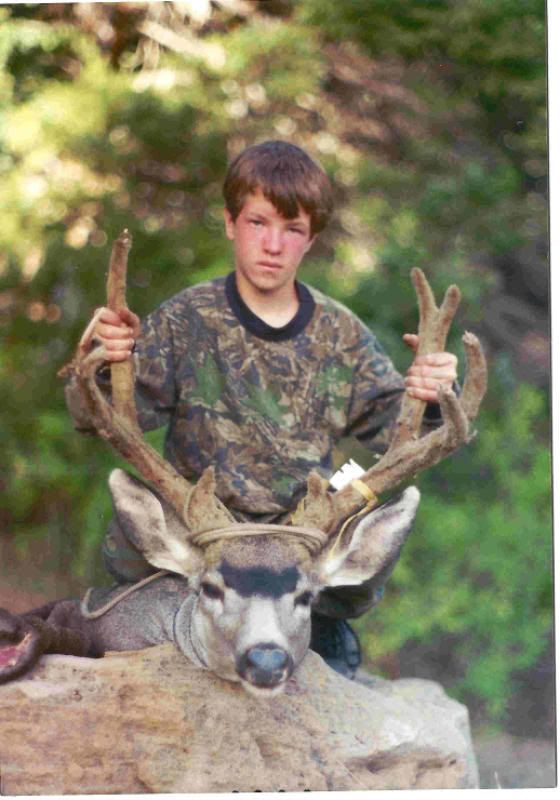
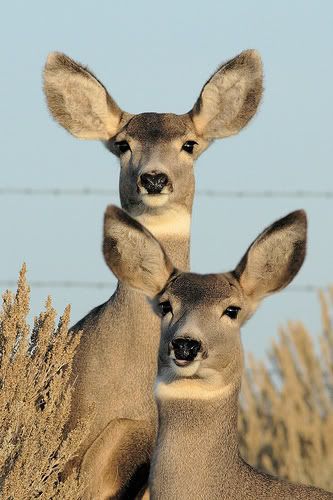
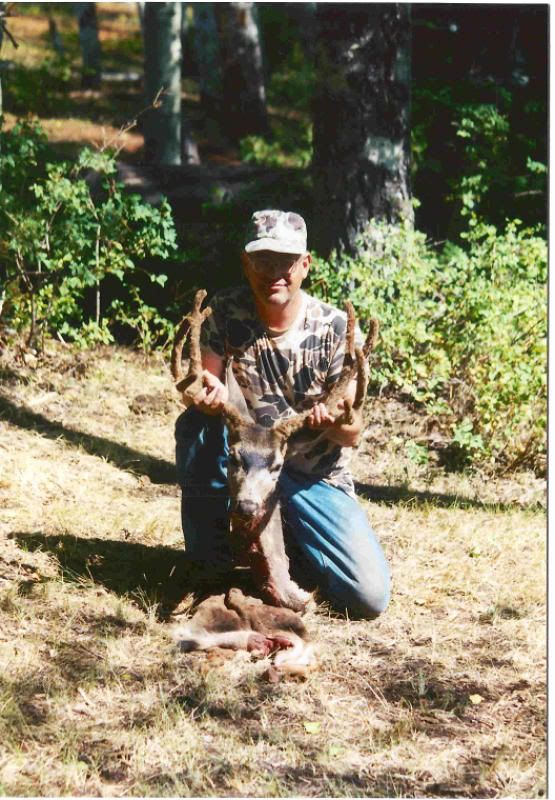 I tell him it is because he looks funny with those thick glasses he wears ( he is legally blind, I am legally color blind). This has always annoyed me, and many times I have sworn to remedy the situation. One year, I had my daughter build me a hat with big mule deer ears on it. I chose the color green, even though I couldn’t tell it was green, because I surmised that the hunters would know I wasn’t a deer, but the deer wouldn’t. It was a real neat trick – until the ears started drooping like dog ears. The deer didn’t like that. They didn’t stand around gawking for very long, once those ears got droopy. But, it did cause them to gawk when the ears were upright.
I tell him it is because he looks funny with those thick glasses he wears ( he is legally blind, I am legally color blind). This has always annoyed me, and many times I have sworn to remedy the situation. One year, I had my daughter build me a hat with big mule deer ears on it. I chose the color green, even though I couldn’t tell it was green, because I surmised that the hunters would know I wasn’t a deer, but the deer wouldn’t. It was a real neat trick – until the ears started drooping like dog ears. The deer didn’t like that. They didn’t stand around gawking for very long, once those ears got droopy. But, it did cause them to gawk when the ears were upright.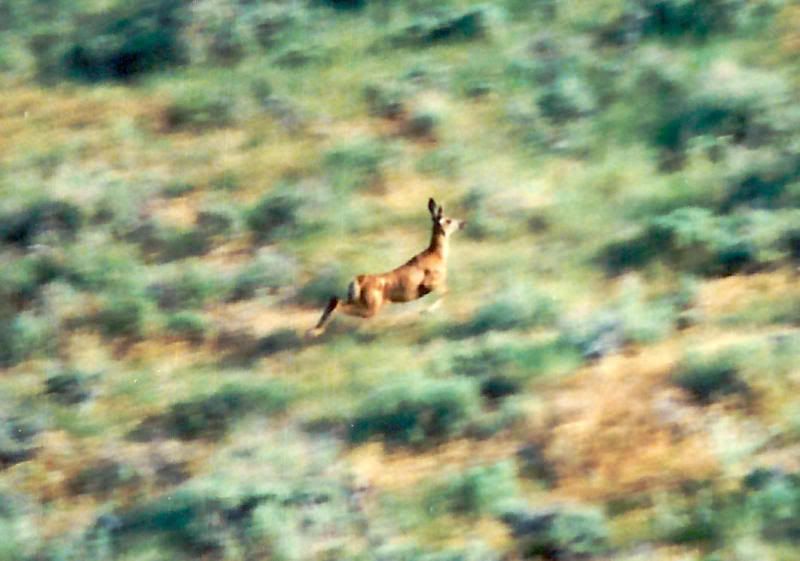 When you can hit a running mule deer, you are doing good – even if it is luck. It is better to shoot at a mule deer that is standing still, but if that is the only shot you can/will take, you limit your potential. One hunter, I know, practices with his target inside a tire, and rolls the tire down a hill while trying to shoot the bullseye. This may be extreme, but it has paid off for him. Be creative, but not dangerous.
When you can hit a running mule deer, you are doing good – even if it is luck. It is better to shoot at a mule deer that is standing still, but if that is the only shot you can/will take, you limit your potential. One hunter, I know, practices with his target inside a tire, and rolls the tire down a hill while trying to shoot the bullseye. This may be extreme, but it has paid off for him. Be creative, but not dangerous.
